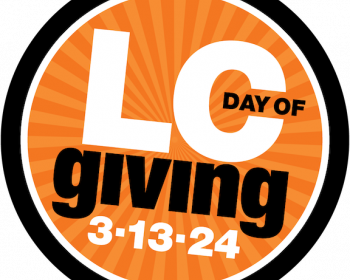Lessons Learned: From One Mom’s Estate Plan
When Tracy O’Brien1created her first will in 2002, her goal was simple—to protect the future of her only son. “I wanted to make sure my son would be taken care of, my debts would be paid off and my money would go where it was supposed to go,” Tracy explains.
Recently divorced, Tracy named a guardian for her 11-year-old and set up a trust to provide for his future financial needs.
Time to Update
In 2008, Tracy began a new job. In the process, she rolled over a former 401(k) into an IRA and filled out life insurance and retirement beneficiary forms at her new place of employment. With her son now nearing adulthood, Tracy felt it was time to look over her existing plans.
Tracy met with estate planning attorney Johni Hays, and, together, they discussed her old will, her current assets and her future goals. While the initial 45-minute conversation was simple and relaxed, what they discovered will save Tracy’s son from future problems and offers Tracy true peace of mind.
Issues That Caused Concern
- Tracy had her younger brother listed as trustee and guardian of her teenage son. She did not, however, have a backup listed if her brother did not survive her.
- For executors of her will, Tracy listed her brother, who lives out of state, and her father. According to the laws of Tracy’s state, one executor must live in her state. Therefore, she needed a backup for her brother in case her father, who was in his 80s, should predecease her.
- Tracy had a financial power of attorney in place, but she lacked a power of attorney for health care and a living will to take care of future health care wishes.
- Of greatest concern, Tracy had filled out her beneficiary forms incorrectly on her life insurance and retirement plan assets—the bulk of her estate. Instead of putting her son’s trust as beneficiary, which would distribute payments to him at ages 25, 30 and 35, Tracy had listed her son as beneficiary. As a result, he could receive the full amount when he turned 18, a much younger age than Tracy wished for him to receive a large inheritance.
The Solutions
Because the holes in Tracy’s estate were relatively small, Hays was able to amend the will with a codicil and draft the other needed documents. To correct Tracy’s beneficiary designations, she requested change of beneficiary forms for her IRA and her life insurance. Lastly, Tracy was advised to lock her safe where she keeps important documents and make sure her executors had the combination.
“Tracy’s case is the perfect example of how you need to coordinate your whole estate plan, and that includes more than just a will,” Hays says.
Tracy is thrilled she took the time to update her plans. “It doesn’t take long and it’s not that expensive,” she says. “But it’s critical to protect yourself and what you own.”
| Get more helpful estate planning tips. |
- Create a will with a trust (to handle the money).
- Assign durable power of attorney.
- Assign health care power of attorney.
- Prepare a living will.
- Review beneficiary designations.
1Although this article is based on a real-life example, the name has been changed to protect privacy.
Copyright © The Stelter Company, All rights reserved.
The information on this website is not intended as legal or tax advice. For legal or tax advice, please consult an attorney. Figures cited in examples are for hypothetical purposes only and are subject to change. References to estate and income taxes apply to federal taxes only. State income/estate taxes or state law may impact your results.
More Giving Stories
email giving@lclark.edu
voice 503-768-7900
Vice President for Advancement
Josh Walter
Advancement Office
Lewis & Clark
615 S. Palatine Hill Road MSC 57
Portland OR 97219

